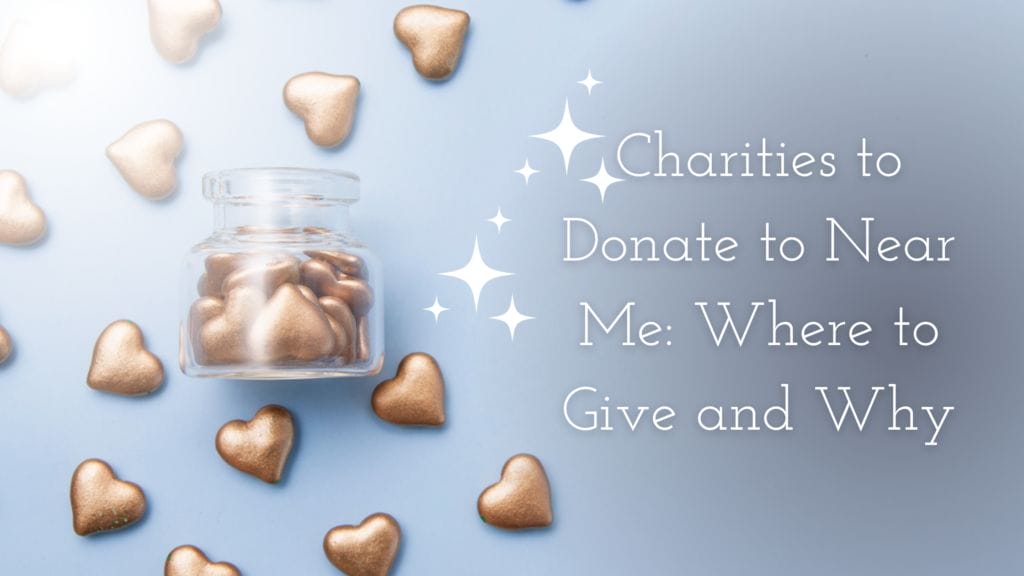
Hair Cutting and Styling for Men and Boys According to Islam
Whenever it’s time for the mini-adventure (haircut day), I take my son to the barber for a hair cutting session. And I am almost always in the hot seat when I am asked what kind of styling we prefer. Being totally lost when it comes to the hair cutting and styling for men and boys, how they cut their hair and of the Islamic preferences (what the Quran/Sunnah have to say about this) makes me blabber whatever comes to mind.
“Just something normal, maybe with some layers? But without it looking girly, please. Oh, and it needs to also suit his face shape and hair type. Something cute but not overly cute… I guess?”
Poor barber. I know. And the mental gymnastics I put him through.
Then, for a while, we were going for the ‘anime’ layered haircut. It kinda brought out the best in my adorable son’s hair. But, then I started wondering, isn’t that like imitating the kuffaar? What if we are sinning?
I kept telling myself that I really needed to get a grip on this whole hair cutting and styling for men and boys etiquette thing because
(1) For how many more years am I going to stay confused?
(2) Resolving this hair cutting and styling issue once and for all means that my son learns the basics sooner.
(3) Need to avoid sinning, if we are.
(4) Following Islam even in the way we cut and style our hair (and in every small and big thing) is what makes us extra-awesomesauce Muslim people, right?
(5) Need to also stack up some much-needed rewards for the Hereafter.
After researching and learning about some of the ins and outs hair cutting and styling for men and boys according to Islam, I thought, “Hey, I need to share this in a simple way with all my favourite sisters out there!” So, before you ‘X’ (close) this tab and run away from my ramblings forever, let’s dive into this topic and tackle it once and for all!
Qaza (Tuft)
So, Qaza is basically when you shave part of your head but leave some hair untouched. It’s like going halfway with a haircut. And this style is generally a no-go.
Al-Bukhari (5921) and Muslim (2120) narrated from Ibn ‘Umar that the Messenger of Allah (sallallaahu alayhi wasallam) forbade qaza’.
Al-Nasai (5048) and Abu Dawud (4195) narrated from Ibn ‘Umar that the Prophet (sallallaahu alayhi wasallam) saw a boy part of whose head had been shaved and part of it left. He told them not to do that and said: “Shave all of it or leave all of it .”
Clearly, the Prophet (sallallaahu alayhi wasallam) wasn’t a fan of this hair-shaved, half-not haircut. You need to pick one – either go full bald or full hair!
But there are exceptions too! If you’re doing it for medical reasons, like cupping therapy, then it’s cool.
Also, Qaza isn’t just one specific style, though. It can be shaving just the sides of your head, or maybe the middle, leaving a weird strip of hair (why would someone do that, right? 😅). Or you could shave the front and not the back, or vice versa. Ever seen a “Marines” haircut? Yep, that’s a type of Qaza.
So, that’s the lowdown on Qaza. It’s all about keeping it either all hair or no hair – unless there’s a good reason to mix it up! 💇♂️✨

Different Lengths of Hair for Men and Boys
Scholars state that cutting some of the hair very short and leaving the remaining longer resembles Qaza (even though it is not qaza itself) and hence, is not allowed.
The scholars warn against changing the creation of Allah and blind following and useless imitation of the immoral and foolish people.
So, you know how sometimes people get haircuts where part of their hair is super short and the rest is left long? Scholars mention that this kind of style kind of resembles Qaza. Even though this isn’t exactly Qaza, scholars still advise against it. So, let’s not mix it up too much with our hair lengths.
The scholars also advise against changing Allah’s creation unnecessarily and blindly following trends, especially if they come from people who might not have the best moral compass. So let’s not just copy others without thinking, especially if it doesn’t align with our values. Makes sense, right?
Length of the Prophet’s Hair (sallallaahu alayhi wasallam)
According to reliable sources Al-Bukhaaree and Muslim, Al-Bara ibn ‘Azib (may Allah be pleased with him) said: “The Prophet (sallallaahu alayhi wasallam) was of average height and broad shouldered. He had hair that came down to his earlobes. I saw him wearing a red garment and I never saw anyone more handsome than him.”
But, wait there’s more! The Prophet’s (sallallaahu alayhi wasallam) hair wasn’t always at earlobe length. Sometimes it was longer. Qatadah said: I asked Anas ibn Malik (may Allah be pleased with him) about the hair of the Messenger of Allah (sallallaahu alayhi wasallam). He said, “The hair of the Messenger of Allah (sallallaahu alayhi wasallam) was neither curly nor straight, and came down to a point between his ears and his shoulders.” (Narrated by al-Bukhari, 5565; Muslim, 2337)
And get this: there’s another report saying his hair even touched his shoulders sometimes! That’s in al-Bukhari (5563) and Muslim (2338).
So, whether it is earlobe length or shorter, or even shoulder length, it’s all good! 😌💖✨

Hair Dye
The Prophet (sallallaahu alayhi wasallam) used to sometimes dye his hair. And guess what he used? Henna and katam! Henna is pretty well-known, right? It’s that natural dye that gives a reddish tint. But katam – now that’s a bit less familiar. Katam is actually a plant, and when you mix it with henna, you get this cool color that’s somewhere between black and red. Imagine the Prophet with this unique hair color – kind of a stylish look, don’t you think?
It’s fascinating to think about these small personal grooming details from centuries ago. Makes you feel a bit more connected to history, doesn’t it? 🌿✨

The Prophet’s Hair Styling (sallallaahu alayhi wasallam)
The Prophet (sallallaahu alayhi wasallam) was actually pretty versatile with his hairstyles. There were times when he let his hair hang down over his forehead. And sometimes he used to part his hair. But that’s not all – he even braided his hair sometimes.
‘Ibn ‘Abbas (radiyallaahu anh) narrated that the Messenger of Allah (sallallaahu alayhi wasallam) used to let his hair hang down over his forehead and the pagans used to part their hair, and the People of the Book used to let their hair hang down over their foreheads. The Messenger of Allah (sallallaahu alayhi wasallam) liked to be like the People of the Book in matters where there was no specific command. Then the Messenger of Allah (sallallaahu alayhi wasallam) parted his hair. (Narrated by al-Bukhari, 3365; Muslim, 2336). ✨
Imitating the Unbelievers in Hair Cutting and Styling
So, in Islam, it’s not cool to copy the hairstyles that are specific to unbelievers or, you know, people who might not have the best morals. This includes any funky hairdos where some of your hair is standing up while the rest is just hanging down. The idea is to avoid styles that are strongly associated with certain groups that don’t share Islamic values.
The Prophet Muhammad (sallallaahu alayhi wasallam) gave a pretty clear guideline on this. The Prophet (sallallaahu alayhi wasallam) said, “Whoever imitates a people is one of them.” (Narrated by Abu Dawud, 4031.) So let’s be careful where we take our style cues from!
And there’s this verse in the Quran, in Surah Al-Maidah (5:51), where Allah says, “And if any amongst you takes them (as Awliya), then surely, he is one of them.” It’s a reminder to be mindful of the influences we allow in our lives, even in something as simple as a haircut.
Another no-no is trying to make your hair look like the opposite gender’s. Keeping that distinction clear is part of maintaining Islamic principles.
Conclusion to Hair Cutting and Styling for Men and Boys
Alright, so wrapping up this whole haircuts and styles chat for us and the kiddos, keeping it in line with what Islam teaches us – it’s really not as tricky as it seems! Just remember, that half-and-half haircut called Qaza is a no-go in our book.
So, when choosing a hairstyle, it’s not just about looking good. It’s also about making sure it aligns with our Islamic beliefs and values. There are plenty of halal ways to be stylish and still stay true to our faith. It’s all about striking that balance and feeling good inside and out! 🌟✨💇♂️
Changing our boys’ haircuts and hairstyles starts with a one-time decision that can bear fruits beyond this temporary life. Just for the way we cut and style hair.
So, next time you’re with your son at the barbers’, you can chill a bit more. You’ve got this! The time to embrace the sunnah and “sunnahfy” your boys’ haircuts is now! Just pick a style that’s cute (maybe even some style that’s too cute) and keeps in line with Islamic guidelines. It’s about looking good on the outside and feeling great about sticking to our beliefs and pleasing Allaah in everything we do. Happy haircutting! ✂️😄🌟
Oh, by the way, while you’re here, why not add some spiritual nourishment to your little ones’ lives too? 🌸🌟 We’ve got a fantastic resource for you – our free ebook, “Seeds That Bloom” 🌱🌻. It’s packed with 20 heartfelt duaas to sprinkle blessings on your kiddos this Ramadaan and beyond.




